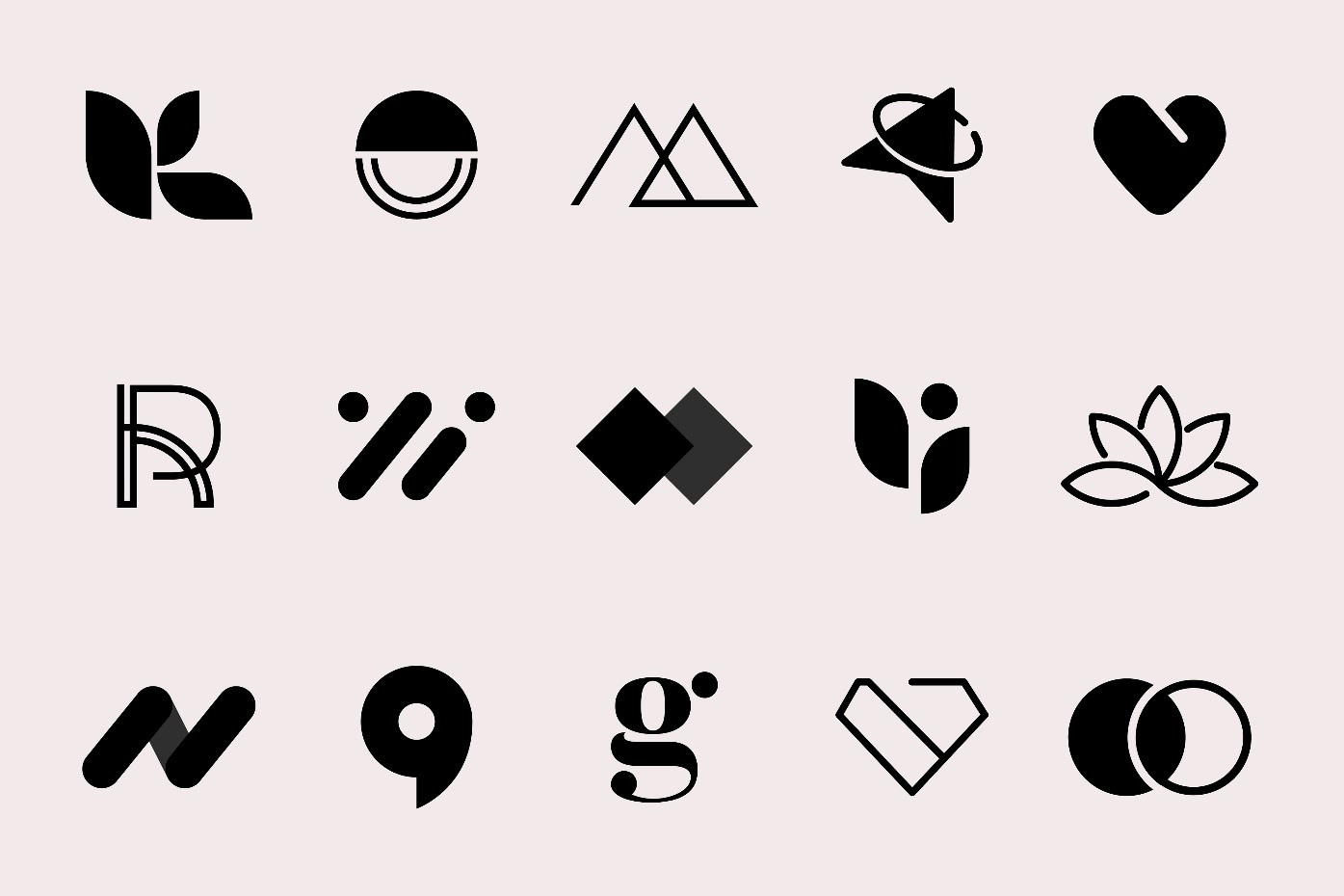
with your project

In the ever-evolving world of design, it's vital to remain updated with the latest trends, especially when it comes to logo design. As we venture into 2023, it's crucial to acquaint ourselves with the prevailing logo design trends shaping the industry. This article will delve into six significant logo design trends for 2023, providing comprehensive insights and inspirational ideas for your branding endeavors.
Minimalism continues its reign in the world of logo design in 2023. The essence of this trend revolves around simplicity and a focus on clean lines. Minimalist logos distill a brand's identity into its purest form, employing the bare minimum of shapes, colors, and typography. Think of iconic logos like Apple, Nike, or FedEx – they epitomize the power of simplicity in design.
These minimalist logos hold a distinct advantage: they are versatile, highly recognizable, and perform exceptionally well across various platforms and sizes. This trend underscores the significance of shedding excess elements and concentrating on the essence of your brand.
Geometric shapes are experiencing a robust resurgence in logo design. Shapes like circles, triangles, squares, and hexagons are being cleverly harnessed to construct unique logos. These geometric forms convey feelings of stability, balance, and order, making them ideal for brands aiming to establish trust and professionalism.
The precision and symmetry inherent in geometric logos can also convey a sense of technological advancement and innovation, rendering them suitable for tech startups and contemporary businesses.
Gradients are making a comeback in 2023 but with a more subdued and sophisticated twist. Unlike the vibrant and dramatic gradients of yesteryear, this year's gradients are more muted and refined. These subtle transitions between colors add depth and dimension to logos, crafting a visually pleasing effect.
When utilizing gradients in logo design, it's paramount to ensure they align with your brand's persona and message. Gradients have the power to evoke emotions and sentiments, so opt for colors that resonate with your target audience.
In an era dominated by digitalization, hand-drawn logos are gaining traction due to the authenticity and individuality they bring to brands. Hand-drawn elements, whether they involve typography or illustrations, infuse a human touch into your logo, rendering your brand more relatable and approachable.
In an era dominated by digitalization, hand-drawn logos are gaining traction due to the authenticity and individuality they bring to brands. Hand-drawn elements, whether they involve typography or illustrations, infuse a human touch into your logo, rendering your brand more relatable and approachable.
These logos have a knack for telling stories and effectively conveying a brand's personality, making them especially favored among businesses keen on emphasizing their artisanal or craft-oriented nature.
Negative space logos employ clever design techniques to conceal hidden or dual meanings within the logo itself. This trend challenges designers to think innovatively and communicate more than one idea within a single design. A classic example is the FedEx logo, where an arrow subtly emerges between the letters "E" and "X," symbolizing speed and precision.
Leveraging negative space effectively can add depth and intrigue to your logo, leaving a lasting imprint on viewers' minds.
With the continued dominance of digital media, logos are evolving to become more dynamic. Motion graphics and animated logos are gaining prominence, allowing brands to captivate their audience across various platforms, from social media to websites.
Dynamic logos possess the capability to adapt to diverse contexts, conveying a sense of energy and modernity. However, it's imperative to strike a balance between motion and simplicity to ensure that your logo remains easily recognizable and doesn't become overly intricate.
Effective CRM serves as the bedrock of business prosperity, and the choice of the right tools plays a pivotal role in this endeavor. Whether your enterprise is modest in scale, seeking scalability, or necessitates targeted email marketing, exceptional customer service, or comprehensive CRM streamlining, the tools at your disposal cater to a diverse spectrum of needs.
These tools, from the user-friendly HubSpot, versatile Salesforce, email-focused Mailchimp, and customer-centric Zendesk, to the comprehensive Zoho CRM, present an array of options to catalyze your website's CRM efforts, resulting in sustained growth.
While the selection of CRM tools is pivotal, it's essential to remember that their effectiveness is equally contingent on their implementation and integration into your operations. By continually evaluating and optimizing your CRM processes, you can ensure long-term success and sustainable growth in the ever-competitive business landscape. Choose the tool that aligns best with your objectives and embark on your journey to enhance your website's CRM capabilities, driving growth and fostering customer loyalty.